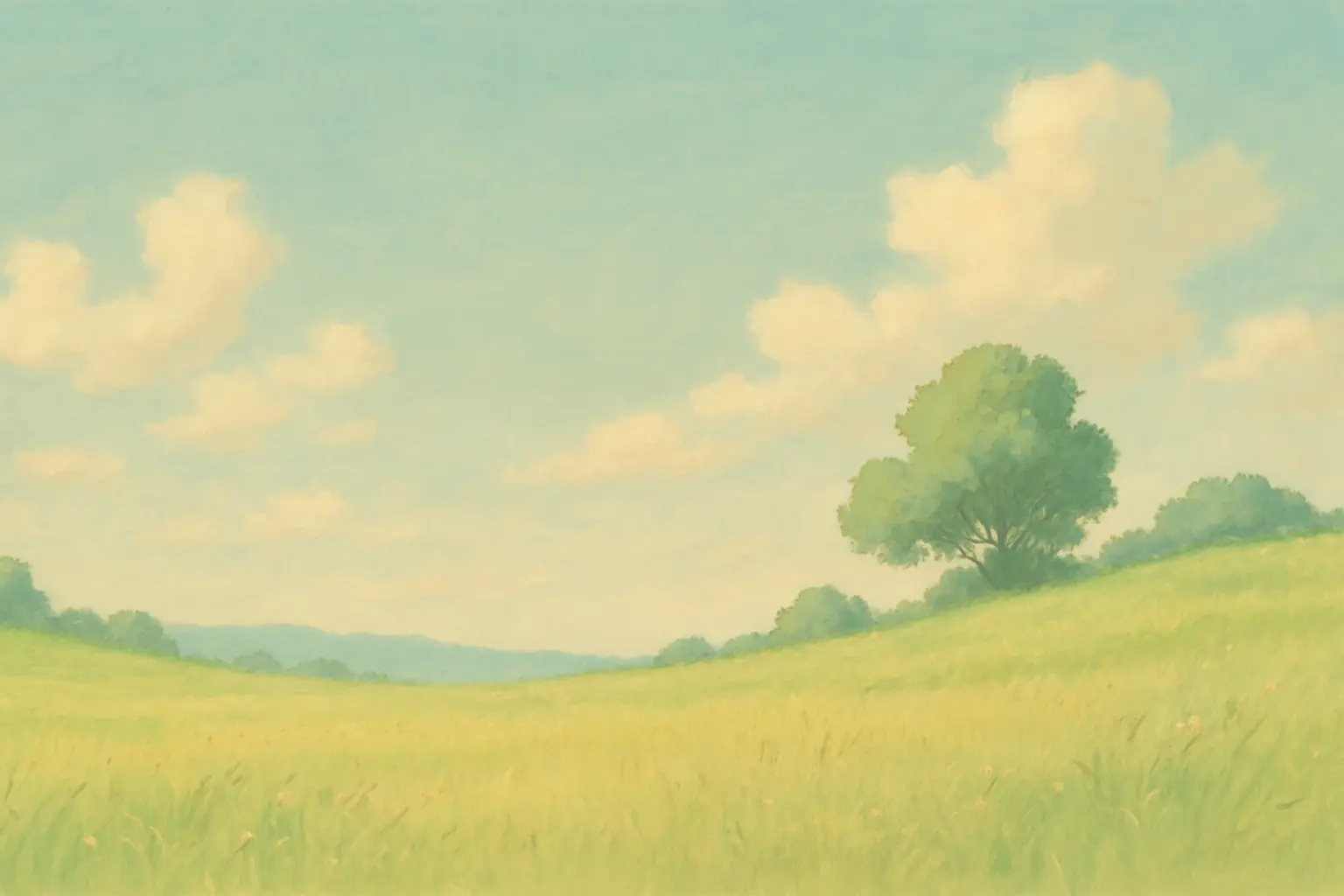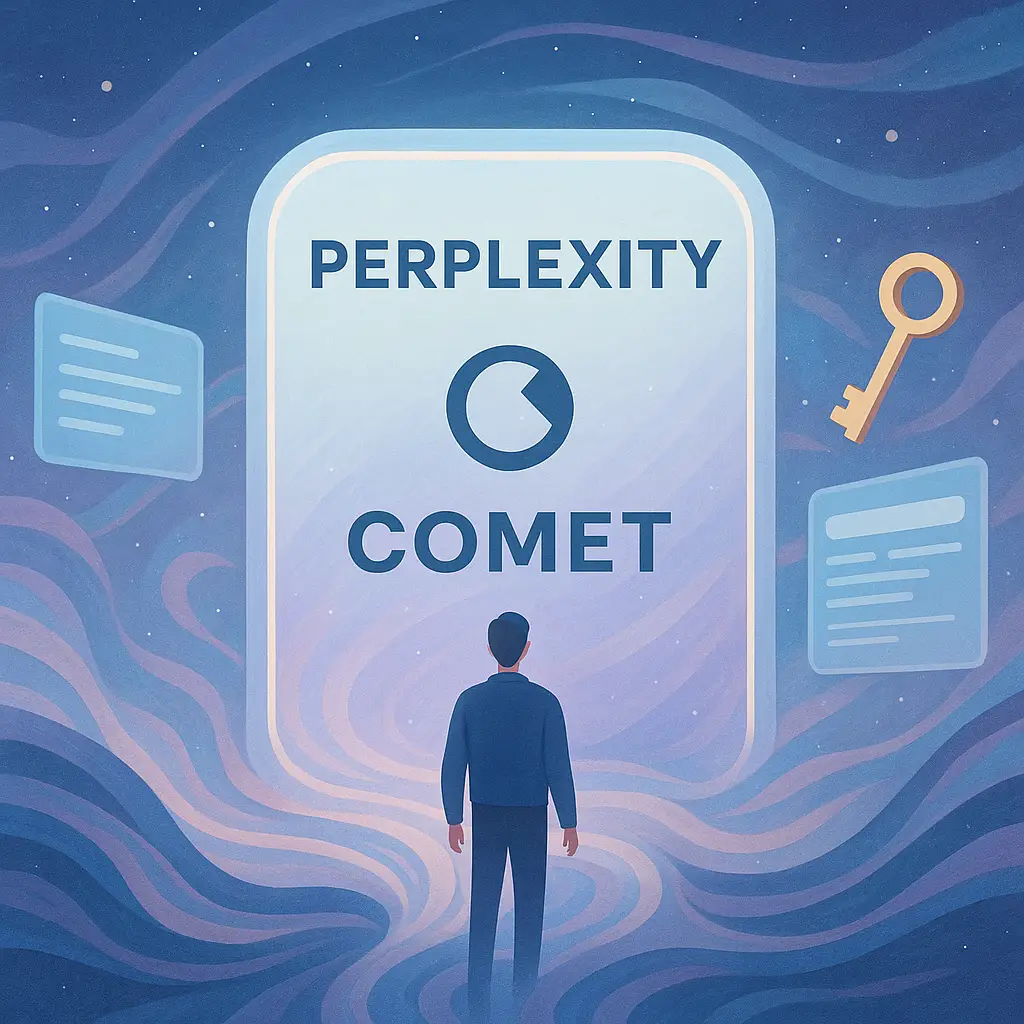
ChatGPT Ghibli Images: Master Guide
Table of Contents
- Introduction
- 🎨 What is ChatGPT Image Generation?
- 🏞️ Why All the Hype Around Ghibli-Style Images?
- 📌 Key Vocabulary to Know
- 🛠️ Getting Started with Prompt Writing
- 🎯 Targeting the Studio Ghibli Aesthetic
- 🖼️ Ghibli-Style Prompt Examples
- 📸 Transforming Photos into Ghibli-Style Art
- ⚙️ How to Refine Images via Inpainting
- 🧩 Avoiding Policy Violations
- 📷 HD Mode & Aspect Ratios
- 🏆 Expanding Beyond Ghibli: Other Styles You Can Try
- 🧠 Bonus Tips for Masters
- Frequently Asked Questions (FAQs)
- ✍️ Final Thoughts
- To Learn More:
Introduction
ChatGPT’s image generation abilities—powered by DALL·E 3 in the GPT-4o model—have taken center stage in the AI artistic space. With just a few lines of text, you can prompt this tool to generate stunning visuals, transform your photos, and evoke beloved animation styles like Studio Ghibli, all from inside a chat window.
In this guide, we’re going to unpack everything you need to know to create breathtaking images—from Studio Ghibli-style fantasy scenes to photorealistic portraits and more. Whether you’re a hobbyist artist, a content creator, or just someone who loves Miyazaki’s magic, you’ll find tips, step-by-step strategies, and examples to help you get the best results from ChatGPT’s image generator.
🎨 What is ChatGPT Image Generation?
ChatGPT with DALL·E 3 integration lets you:
- Create new images from scratch using a detailed text prompt.
- Edit specific areas within an image using inpainting.
- Transform uploaded photos into different artistic styles.
This feature isn’t just about aesthetics—it's about creativity, storytelling, mood, and personalization. And the interface? Super simple. You talk to it just like a friend.
Here’s where it lives:
- Pro users (ChatGPT Plus): Have access to GPT-4o, including advanced image generation.
- Free users: May have limited access depending on server load and region.
🏞️ Why All the Hype Around Ghibli-Style Images?
If you've seen films like Spirited Away, Princess Mononoke, or My Neighbor Totoro, you already know: Studio Ghibli’s aesthetic hits differently. Their visuals are whimsical yet grounded, magical yet believable. Think glowing forests, emotional character expressions, soft lighting, and muted pastel tones.
Creating images in this style evokes a unique emotional depth and nostalgia—which is why people everywhere are trying to recreate it with AI. Thanks to recent upgrades in ChatGPT, doing that is more accessible than ever.
📌 Key Vocabulary to Know
Before we dive into techniques, here are a few terms worth understanding:
| Term | What it Means |
|---|---|
| Prompt | The text you type to describe the image you want. |
| Inpainting | Editing part of an image by selecting it and giving a new instruction. |
| Style Transfer | Making an existing image adopt a new visual style, like watercolor or animation. |
| Aspect Ratio | The width-to-height ratio of your image (e.g., 3:4 for portraits). |
| HD Mode | A high-definition setting that improves detail and realism in generated images. |
🛠️ Getting Started with Prompt Writing
The quality of your generated image comes down to how well you write your prompt. Let’s cover the basics first.
✅ General Prompt Tips
- Be descriptive: Detail what’s in the foreground, background, and even emotion.
- Mention the visual style: Use phrases like “in the style of Studio Ghibli” or “watercolor animation style.”
- Avoid copyrighted names: Say “a gentle forest spirit” instead of “Totoro.”
✍️ Basic Prompt Structure
A peaceful village at dusk, nestled in the hills, with cherry blossom trees and lanterns glowing along the cobblestone paths. In the style of Studio Ghibli.
Works well? Absolutely. Here’s why:
- It sets a scene.
- Adds mood (peaceful, dusk).
- References a style (Studio Ghibli).
🎯 Targeting the Studio Ghibli Aesthetic
Let’s break down the style elements so you know what to include.
| Element | Tips for Prompting |
|---|---|
| Backgrounds | Reference forests, villages, temples, or meadows. Use “hand-drawn” or “painted.” |
| Lighting | Mention warm light, golden hour, or “gentle sunlight.” |
| Characters | Say things like “a young child with wide eyes” or “a traveler with a straw hat.” |
| Color Palette | Ask for “pastel tones,” “soft blues and greens,” or “earthy colors.” |
| Textures | Describe “watercolor textures,” “pencil sketch outlines,” or “hand-drawn strokes.” |
🖼️ Ghibli-Style Prompt Examples
Here are a few ready-to-use prompts for your inspiration:
🌿 Nature Scene Prompt
A wide forest with tall ancient trees, filtered sunlight shining through the leaves, tiny glowing spirits floating between branches, and moss-covered rocks. In Studio Ghibli’s illustration style, watercolor and hand-drawn.
🏡 Whimsical Town Prompt
An old Japanese village with curved roof houses and paper lanterns glowing during a rainy evening, puddles reflecting lights, and a young child in a yellow raincoat watching the sky. Ghibli-inspired, soft textures, emotional ambiance.
🐾 Magical Creature Prompt
A large, friendly forest creature with owl eyes and moss-like fur, sitting under a tree with floating books around it. Light mist and twinkling fireflies, dreamy atmosphere, Ghibli-style illustration.
📸 Transforming Photos into Ghibli-Style Art
Let’s talk about the real magic: turning a real-world photo into an animated-style render.
Here’s how it works:
1. Upload the original photo in ChatGPT.
2. Use a prompt like this:
“Turn this portrait into a Studio Ghibli-style animated character while keeping all the original facial details, down to the eyes and smile. Use pastel colors and soft watercolor shading.”
3. Refine it
Use inpainting to edit specific parts.
Examples:
- “Make the eyes slightly larger.”
- “Add a soft glowing light behind the person.”
Things to Note:
- HD mode improves clarity.
- Use vertical aspect ratios (3:4 or 4:5) for portraits to give it cinematic depth.
⚙️ How to Refine Images via Inpainting
After the image is generated, you can edit portions of it. Let’s say the background is too dark or the character’s expression looks off.
Step-by-Step:
- Click the image to enter edit mode (only available in some tiers).
- Select an area with your cursor.
- Type your new instruction, like:
- “Brighten this background with soft morning light.”
- “Add a small flower in her hair.”
Editing Suggestions:
| Issue | Suggestion |
|---|---|
| Flat lighting | “Add warm morning sunlight through a window.” |
| Inaccurate face shape | “Keep face shape consistent with uploaded image.” |
| Background too empty | “Add more trees and lanterns in the background.” |
🧩 Avoiding Policy Violations
ChatGPT (and DALL·E 3) have content filters that will refuse to generate images violating OpenAI’s policies. Here’s how to stay safe:
🚫 Common Reasons for Rejections:
- Mentioning copyrighted names like “Totoro,” “Ponyo,” or “Soot Sprite.”
- Implying inappropriate clothing (e.g., beach scenes with swimsuits).
- Using non-English prompts, which can occasionally confuse the content filter.
✅ How to Bypass Rejection:
| Problematic Prompt | Better Prompt |
|---|---|
| “Generate an image of Totoro.” | “A large, gray, bear-like forest spirit with a wide grin.” |
| “Girl walking in swimsuit on a beach.” | “A young woman in casual summer clothes walking along the shoreline.” |
| “Ponyo riding a wave.” | “A magical fish-child riding ocean waves, surrounded by water spirits.” |
And always use clear, fluent English. That reduces false positives in the safety filter.
📷 HD Mode & Aspect Ratios
One highly recommended trick: use HD mode if it’s available in your version. It cranks up the fidelity of your images.
📏 Recommended Aspect Ratios
| Use Case | Aspect Ratio | Why? |
|---|---|---|
| Portraits | 3:4 or 4:5 | Emulates animated character posters. |
| Cinematic scenes | 16:9 | Captures wide vistas in Ghibli-style scenes. |
| Square posts (e.g., IG) | 1:1 | Balanced format for character busts or logos. |
To incorporate this, add directly to your prompt:
“A fox spirit in a moonlit field, cinematic style, aspect ratio 16:9, high detail, Studio Ghibli watercolor look.”
🏆 Expanding Beyond Ghibli: Other Styles You Can Try
Studio Ghibli isn’t the only style you can explore. Here’s how to dabble in other aesthetics:
| Style | Prompt Example |
|---|---|
| Photorealistic | “A stunning sunset at a tropical beach with realistic waves and soft shadows.” |
| Hyper-Real Art | “A close-up of a vintage camera shot in HD, in extreme realism with sharp depth.” |
| Pixel Art | “A pixelated wizard standing on a cliff with a staff under a starry night sky.” |
| Van Gogh Style | “Star-filled sky over a country road, swirling brushstrokes, in Van Gogh style.” |
| Anime-Inspired | “A heroic teenage swordsman mid-battle, glowing sword, lightning in background.” |
Exploring across styles helps you understand how prompts influence output better than any manual.
🧠 Bonus Tips for Masters
- 🧪 Experiment with emotions: “a scene evoking longing” or “bittersweet nostalgia.”
- 🧰 Combine styles: “Ghibli style meets cyberpunk cityscape, watercolor texture.”
- 🪄 Triple-check your output. AI sometimes inserts unexpected artifacts or inconsistent details.
✍️ Final Thoughts
Creating Studio Ghibli-style images using ChatGPT is an exciting mix of storytelling, visual design, and imagination. With the right prompt, you can evoke landscapes straight out of Princess Mononoke or conjure up whimsical creatures fit for My Neighbor Totoro.
And don’t stop at Ghibli—explore case studies, lean into surrealism or impressionism, and push the boundaries of what DALL·E 3 inside ChatGPT can do. We've only scratched the surface.
Whether you’re designing characters, crafting fantasy maps, or just playing around—it’s your story. So bring it to life.
To Learn More:
- OpenAI DALL·E Help Page
- Tom’s Guide - Editing Images in ChatGPT
- Hindustan Times Tips for Ghibli Prompts
Got a favorite prompt or a story worth sharing? Drop it in the comments.
Happy prompting!
Frequently Asked Questions
Share this article
Related Articles

ChatGPT Go Free in India: Unlock AI Power 2025!
Explore how OpenAI's ChatGPT Go free offer in India is set to transform AI accessibility, from enhanced features to market impact and strategic benefits.

Comet Invite: 1-Month Free Perplexity Pro
Discover how to secure a guaranteed invite to Comet with free 1-month access to Perplexity Pro without a waitlist or credit card. Your comprehensive guide to the next generation in AI-powered browsing.

Earn Money with Comet India: 12 Tips
Discover effective strategies to earn money using Comet in India. This guide covers 12 hidden automation techniques, real-user tactics, and essential insights for pro users.
